Origins of Human Cumulative Culture – UCL (2017)
Captain James Cook was fascinated by Polynesians’ ability to converse with each other. In Tahiti a high priest named Tupaia got on board and accompanied him along their voyage to Hawaii. Despite the fact that the two islands were separated by more than 2500 miles Tupaia was able to converse perfectly with Hawaiians. In order to maintain a common language these seemingly isolated islands must have been connected by frequent trans-oceanic voyages. Genetical and ecological theory dictates that connectivity is […]


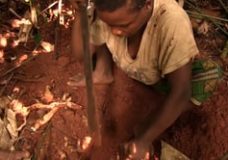
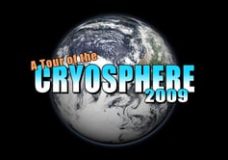
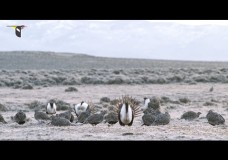
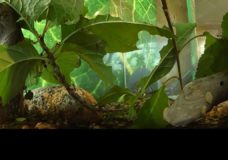

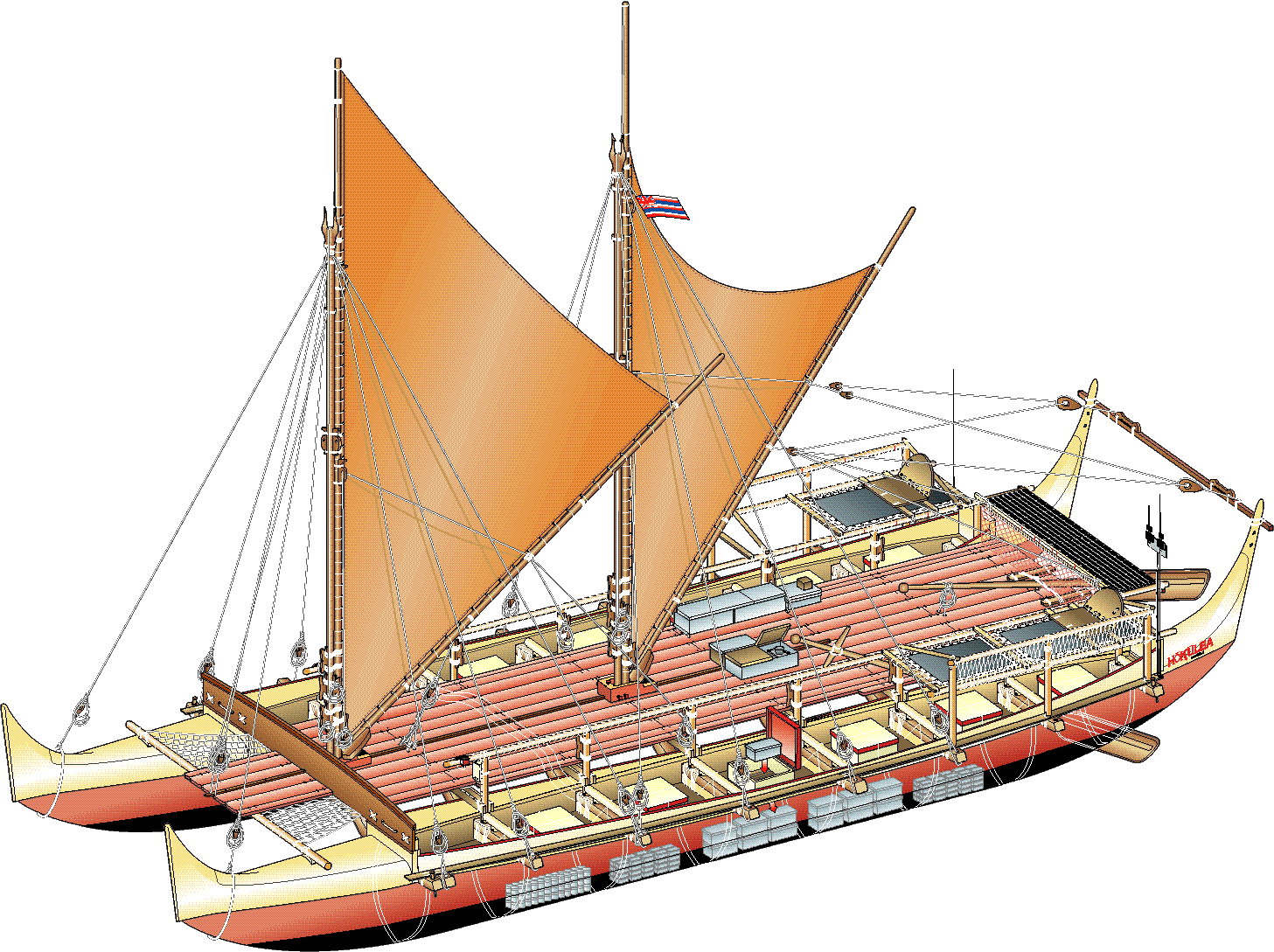
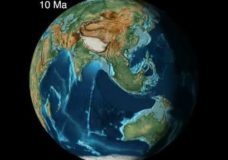
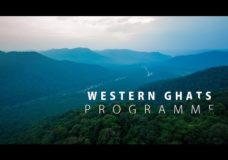
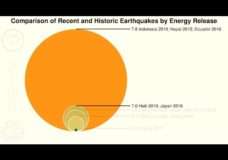
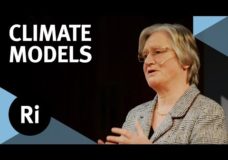
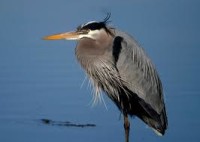

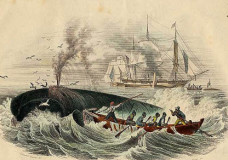
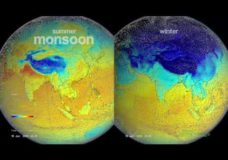

Recent Comments